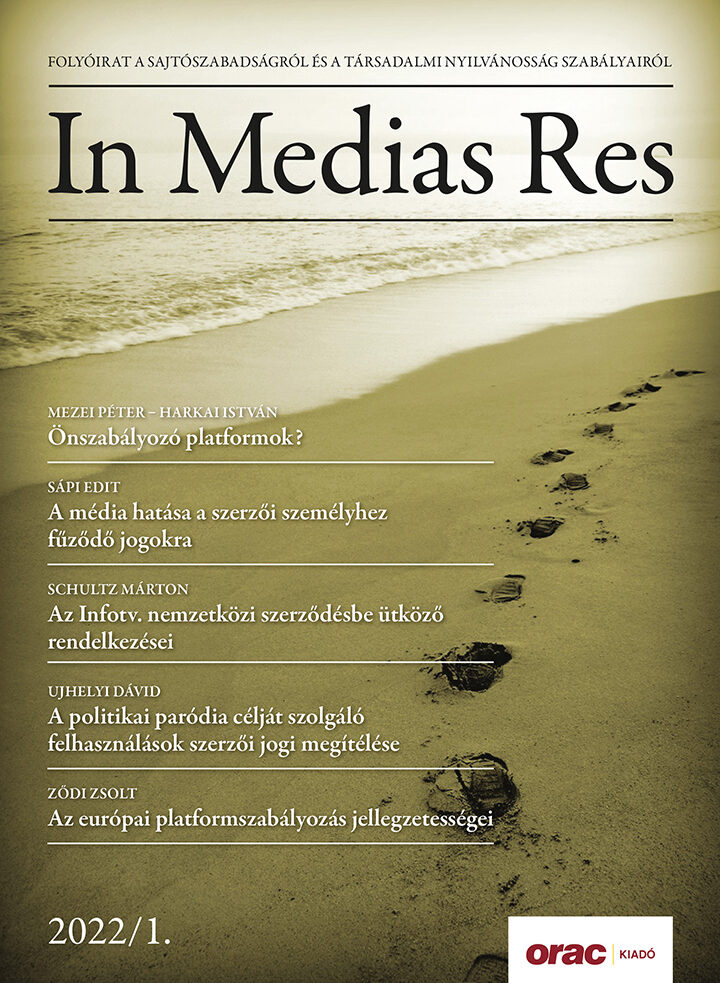Political gangsterism, or JFK’s death as depicted in the hungarian press
Keywords:
John F. Kennedy, assassination, Camelot, Hungarian pressAbstract
On November 22, 1963, US President John F. Kennedy was assassinated, plunging the country and the world into mourning. The violent death of the President seemed to have robbed the United States of America and the world of a better future. His youth and energy had given the country hope, faith and commitment. These factors also contributed significantly to making the Kennedy assassination an event to mourn in the collective consciousness of the American people, much like the fall of the Twin Towers thirty-eight years later. After the assassination, Jackie Kennedy sought to ensure the immortality of her husband — whose presidency was not only a turning point but also a model for his successors, regardless of party affiliation — by creating a myth. In this study, I examine the question of how the death of the President struck Hungary, a country in the Soviet sphere of interest. Did they stick to formalities, merely sending telegrams of condolences, or did they use the assassination as a secondary narrative to interpret the assassination of the US president within the framework of their own communist narrative? I answer these questions by examining more than 600 articles.
Downloads
Published
How to Cite
Issue
Section
License
Copyright (c) 2022 Rajmund Fekete

This work is licensed under a Creative Commons Attribution 4.0 International License.


